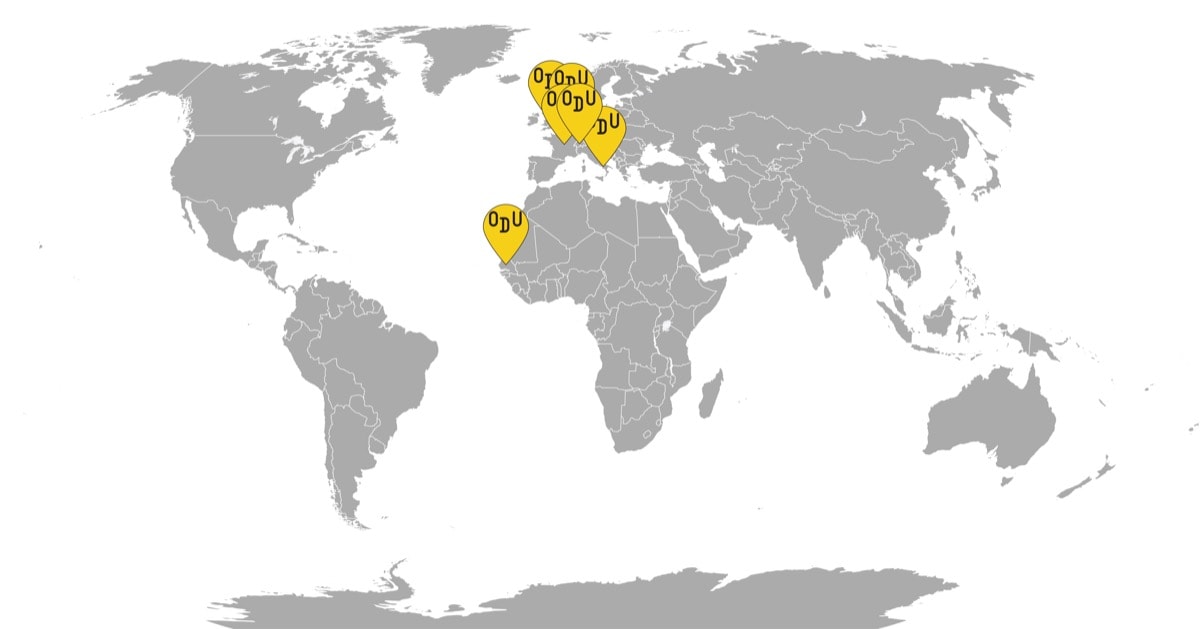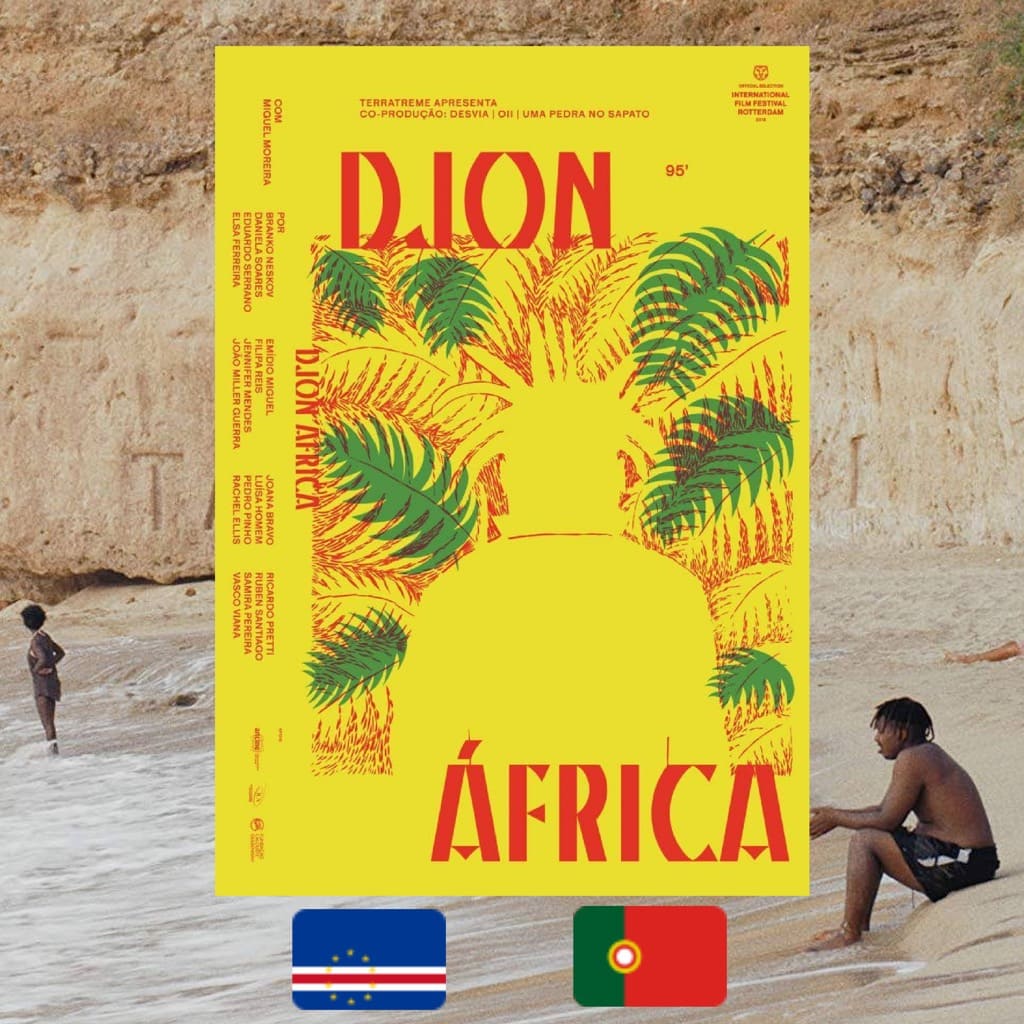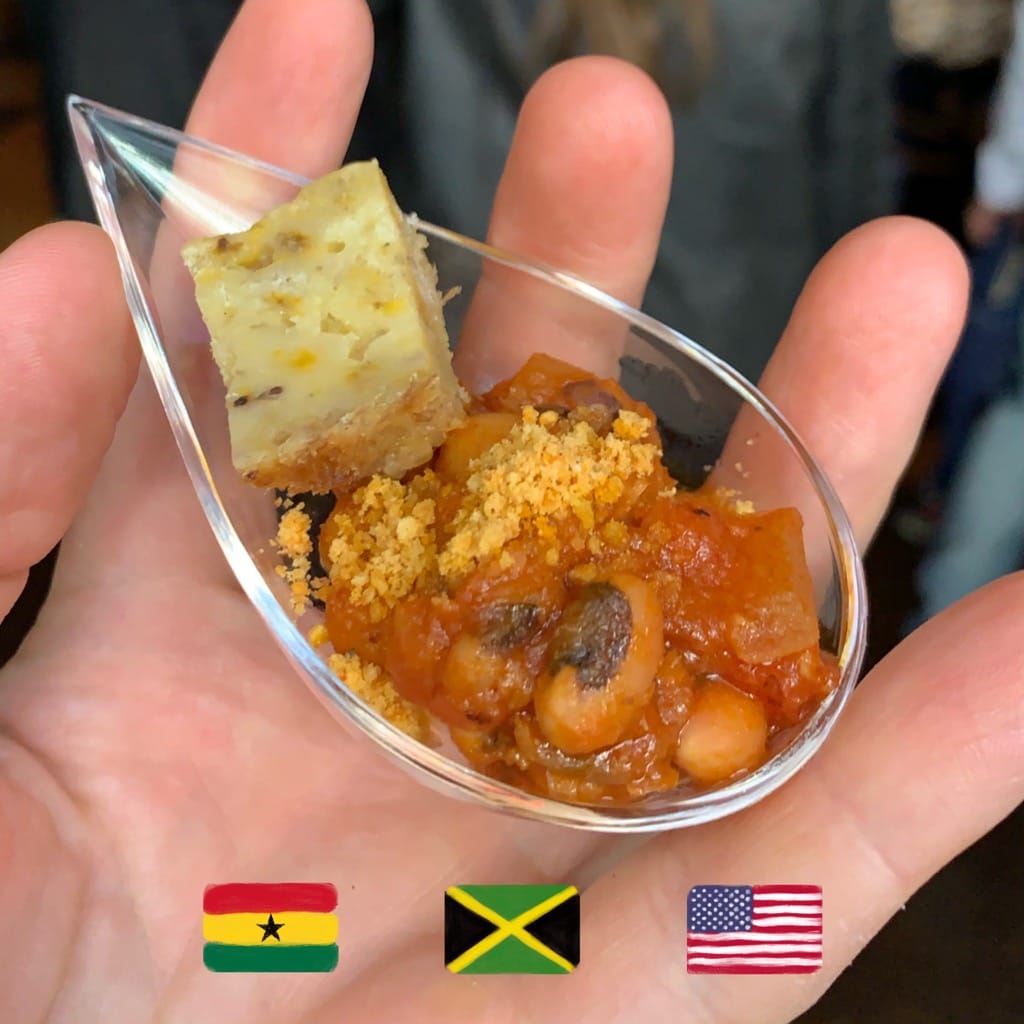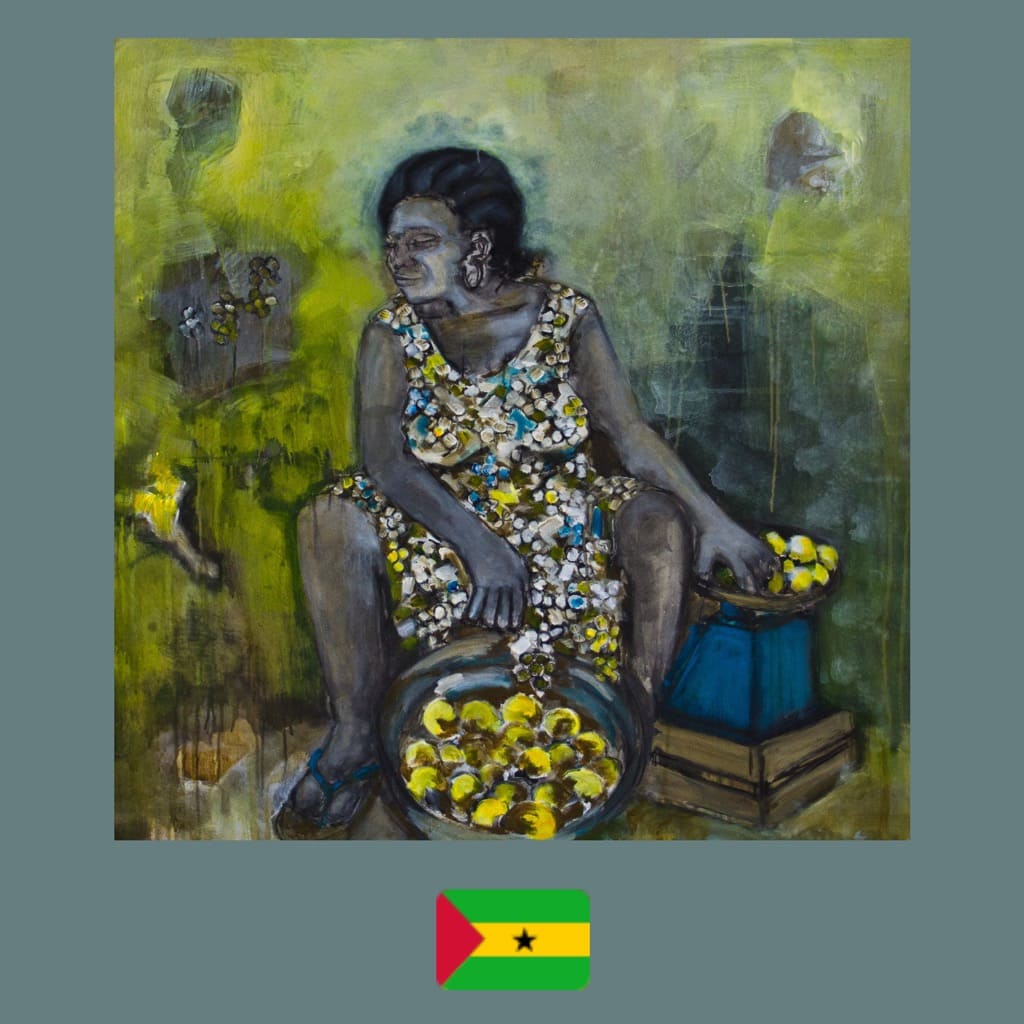An anti-neocolonialist gem from legendary Mambéty: human nature and capitalist indoctrination are under scrutiny when a billionaire agrees to give money to her struggling hometown—on her terms



FROM SENEGAL, SWITZERLAND, FRANCE, UK, NETHERLANDS and ITALY
WHAT IT’S ABOUT: The village of Colobane has fallen on hard times. The town hall furniture is being repossessed, and the people can’t even afford to get drunk to forget about their troubles. But rumor has it that Linguère Ramatou, a Colobane-native who is now “richer than the world bank,” is coming to town. As the citizens’ hopes are piled upon the mysterious Linguère who travels with a spectacular entourage, it becomes apparent that she is not visiting merely for pleasure. She has very particular grievances with Colobane, and she is prepared to use her riches to make the villagers do her dark bidding. They can have her millions if they agree to kill Dramaan Drame, the much-beloved shopkeeper, who wronged the young Linguère and forced her into exile by his betrayal.
WHO MADE IT: Djibril Diop Mambéty was one of the greatest filmmakers to come out of Africa and Senegal in particular. He is best known for “Touki-Bouki,” about a couple of alienated youths conning their way out of Dakar and straight to Paris. He died from cancer at the age of 53, leaving only five feature films behind, including the radiant “The Little Girl Who Sold the Sun,” which he made while undergoing chemotherapy: it premiered posthumously. “Hyenas” is based on the Swiss play “The Visit” by Friedrich Dürrenmatt, adapted in theatres and film and TV studios across the planet, but never so imaginatively. Mambéty carefully adapted the dialogue for the screenplay, to reflect the realities of Colobane,—his hometown, where he was once born the son of a Muslim cleric,—as well as of Africa in the grasp of neocolonialism.
“Hyenas” is memorable for the splendid characterization from a ragtag team of actors, with the eerie, brooding Ami Diakhate as Linguère, and the sympathetically clueless Mansour Diouf as her main enemy, Dramaan Drame. Mambéty himself appears as Linguère’s judge.
The Swiss cinematographer Matthias Kälin, who also worked with the Burkinabe legend Idrissa Ouedraogo, was in charge of capturing them vividly.
And, of course, as usual, the haunting music of Wasis Diop, Mambéty’s brother made this film into a masterpiece that it is. Wasis is the father of Mati Diop, who became the first black woman to have her film, “Atlantics,” premiere at Cannes.
Oumou Sy, a legendary fashion-designer from Senegal, was the force behind the film’s incomparable costumes. Samba Félix Ndiaye, another Senegalese filmmaker, served as the producer, alongside an international team, while Moussa Sene Absa was the assistant director.
Kudos to Metrograph Pictures for breathing new life into it and marking a revival with the flawless restoration of the film.
WHY DO WE CARE: There are too few films in the world that address the broader scope of humanity through a macrocosm, and when they appear, they are usually the most searing indictments of existing systems that you can imagine. “Hyenas” may be small in scope, focusing on a tiny place, but it unravels into an extensive, all-encompassing critique of globalization.
“The Visit,” a play about a woman who had been wronged by her small town of origin’s narrow morals, is just a part of this narrative—even though Mambéty follows it quite closely. With the setting shifted from Europe to a tiny village in the middle of the desert, the plot takes on a mythical aspect, with Linguère playing a mirage. Meanwhile, Senegal’s postcolonial condition lays bare in the way Colobane,—Mambéty’s actual birthplace, now absorbed into the rest of Dakar,—is portrayed in its helplessness.
But the most fascinating are the nuances that are brought about by the dependence of the village’s small economy on the influence and prosperity of Linguère. Mambéty had admitted that in creating the film and the enigmatic financial entity of Linguère within it, he wanted to point out that humankind’s biggest enemies are the IMF and the World Bank. The farcical elements of the morality play provided by Dürrenmatt and sharpened by Mambéty suspend your belief. But the film begs for many parallels to contemporary history that are, unfortunately, entirely non-fictional.
WHY YOU NEED TO WATCH: Despite his untimely passing, Djibril Diop Mambéty’s heritage of intricately made films with stunning visuals and never aging plots, lives on and gains ground. His “Hyenas” are less well known than Mambéty’s biggest hit, “Touki-Bouki.” But a recent restoration has made the film available to the audiences in all of its vibrant glory: the story framed by dazzling costumes and mesmerizing cinematography. It’s a masterpiece of global implications set among the sands of Senegal, with elements impeccably stylized in the finest afro-futurist fashion, and a must-see for anyone.
One of the prime examples of the Third Cinema movement in its African iteration, “Hyenas,” is a masterful critique of neo-colonialism, which Mambéty observed in Senegal first hand. The film’s microcosm split open from a much smaller nugget of the play by Mambéty, is an accurate, ingenious portrayal of how human societies become hostages to the idea of prosperity and its enforcers. Drenched in a dark irony, and full of scenes in which good citizens try to justify their wrongdoing, “Hyenas” is one of the most fascinating studies of human nature in world cinema. It’s also one of the most imaginative examples of Marxist critique, as represented through high art.
But the foresight and incisiveness with which Mambéty approached this truly vast subject, would not be possible without the warmth that his gift of cinema brought. It truly takes a genius to make a heart-rending film about a disabled street child and a satire on the horribleness of adults to be equally genuine, but he managed.
As fresh as it was on the day of its inception, “Hyenas” speaks to the world powerfully, unapologetically, and addresses all the issues that plague the world three decades later, such as the rule of the IMF or the police brutality in the US. A brave, imaginative, and arrestingly beautiful film, it is one of the finest films made by man. And it’s about time we started giving it its due and honoring the prophetic genius of the master behind it.
Hyenas (Hyènes), 1992
Director: Djibril Diop Mambéty
For more content like this sign up for our weekly newsletter
WATCH THE TRAILER















